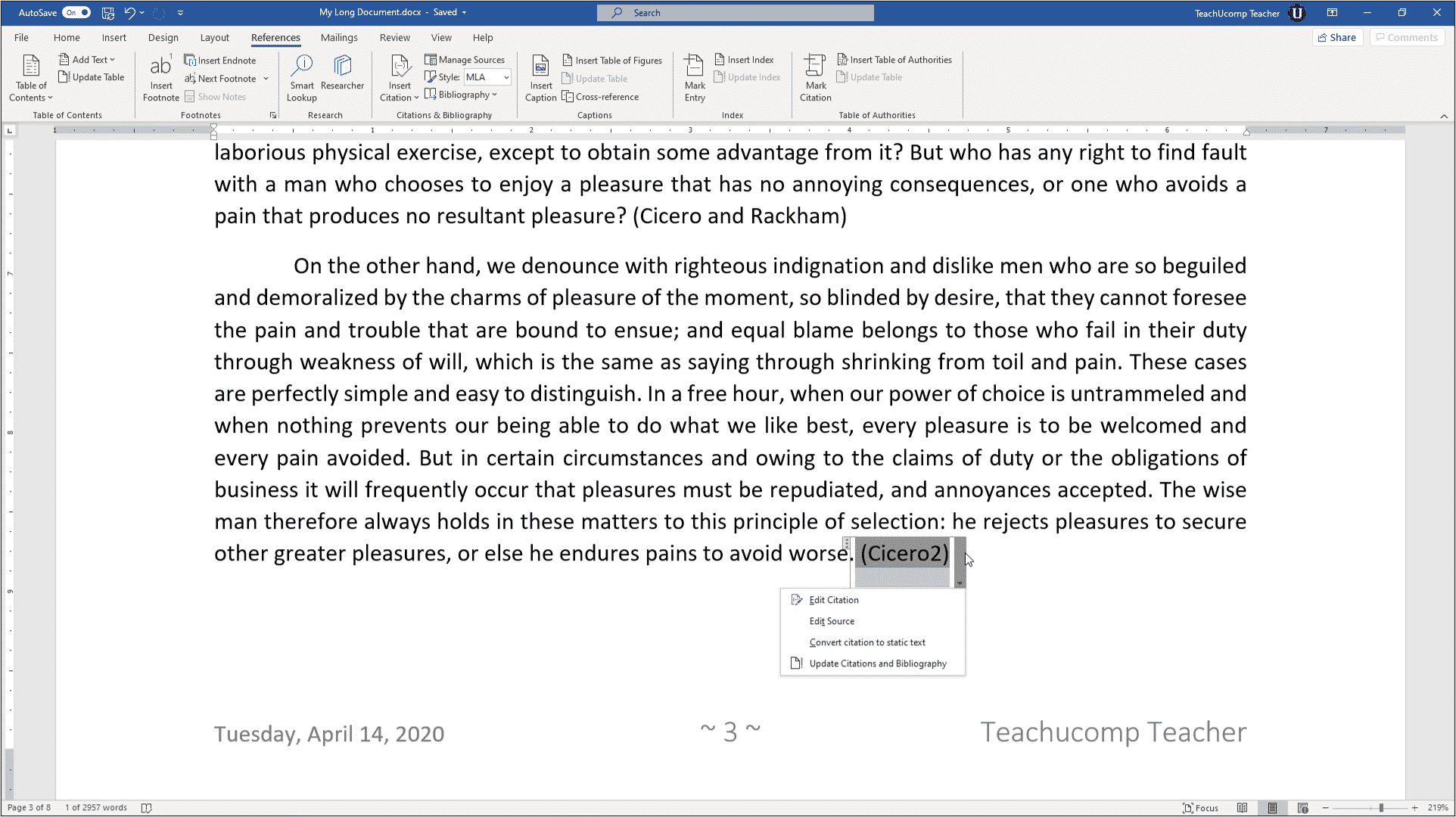

- CHANGE ORDER OF BIBLIOGRAPHY MICROSOFT WORD HOW TO
- CHANGE ORDER OF BIBLIOGRAPHY MICROSOFT WORD UPDATE
- CHANGE ORDER OF BIBLIOGRAPHY MICROSOFT WORD WINDOWS
CHANGE ORDER OF BIBLIOGRAPHY MICROSOFT WORD HOW TO
(See MSDN for valid language identification values.) Word uses the LCID to know how to display a cited source in a document's bibliography. The LCID specifies the language for the source.
CHANGE ORDER OF BIBLIOGRAPHY MICROSOFT WORD UPDATE
This enables Word to determine which source is most recent, based on the value of the GUID, and to prompt whether the user wants Word to update the outdated source to maintain continuity between the master list and the current list. If you don't add a GUID to the XML and a user then edits a source, Word generates a GUID.
CHANGE ORDER OF BIBLIOGRAPHY MICROSOFT WORD WINDOWS
(See the Visual Studio documentation or the Windows documentation on MSDN for information about programmatically generating ID.) Word generates GUIDs when users add or edit a source. The Guid element value should be a valid GUID, which you can generate programmatically outside the Word object model. The Guid and LCID elements are optional, but you can provide values for them if you want. Sub GetBibliographyXML() Dim strXml As String Dim objSource As Source Set objSource = ( _ ) Debug.Print objSource.XML End SubĪfter following the previous steps, the Immediate Window contains the following XML code. View and add information to additional fields by checking Show All Bibliography Fields. For this example, select Book.įill out the source fields, as shown in the following table: Field In the Create Source dialog box, select the type of source to create. In the Source Manager dialog box, click New. On the References ribbon, click Manage Sources. The following steps describe how to do this. To determine the XML structure for a source type, you can add the same source type manually, and then view the XML returned. Depending on the type of source you want to add, the required XML structure changes. Sources are added to the source lists programmatically by using XML strings.

The list of sources cited in the document (the current list) or the list of sources available in the application (in the master list). ObjectĪn individual source, such as a book, journal article, or interview. The objects in the Word model for that you use for managing bibliography sources are shown in the following table. Use these objects, and additional properties and methods in the Word object model, to add sources to the source lists, cite sources in a document, and manage sources. The following table lists the main objects of the Word Bibliography feature. The Word object model includes several objects designed for automating the creation of bibliographies.


 0 kommentar(er)
0 kommentar(er)
